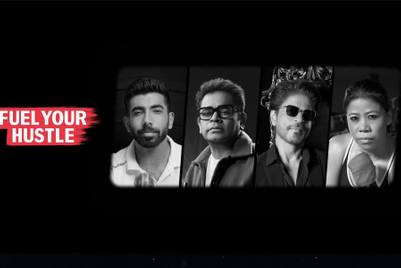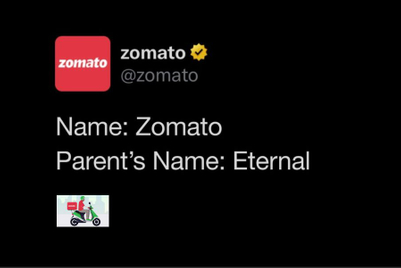.jpg&h=570&w=855&q=100&v=20250320&c=1)
Not long ago, a brand apology was a crisis-management exercise: crafted in boardrooms, vetted by legal teams and wrapped in corporate tone.
Think back to the late 1990s, when Cadbury India issued a carefully scripted public apology after the infamous worm infestation scare, a move meant to restore consumer trust rather than spark conversation.
Exxon’s apology after the 1989 oil spill became the global template for corporate contrition--formal, distant and meticulously worded.
Back then, saying sorry was damage control, a line in a press release, not a moment of connection.
Today, that definition has changed. ‘Sorry’ is now used on social media as a tool of engagement, humour, and cultural connection.
The current wave of brands posting tongue-in-cheek apologies for everything reveals something deeper about the evolving language of brand culture. It marks an important inflection point in how brands communicate, wherein we have moved from the era of near perfection to a space where imperfection feels more powerful.
Audiences (note, not consumers) today reward honesty over gloss, wit over weightiness. A brand that can laugh at itself signals confidence, an attribute that drives far stronger connections than scripted statements ever could.
Additionally, the speed at which brands roll out these “apologies” indicates an agility that is particularly vital in today’s media landscape. Audiences are no longer passive recipients of content but active participants who amplify narratives in real time.
The apology trend works because it blurs the line between brand and community. It isn’t a campaign, but a conversation. And in that conversation, humour becomes a bridge to trust.
When McDonald’s playfully apologised on TikTok for making people crave fries at odd hours or when Netflix apologised for ruining productivity with binge-worthy shows, the undertone was the same: self-aware storytelling. These brands weren’t just marketing; rather, they were participating in culture and speaking with audiences, not at them.
Closer home, one brand’s playful post has set off a domino effect. From Zomato apologising for midnight cravings to Swiggy apologising for breaking diets or Spotify owning up to turning listeners into repeat offenders, the tone was unmistakably human. What followed was a flood of memes, reposts & user-generated riffs, each carrying the same emotional currency, ‘We see you, we’re part of the joke too’.
This wasn’t remorse; it was creating relatability.
However, for every witty apology that wins hearts, there runs a risk of tone-deaf mimicry.
The best way to avoid turning an apology into a conversation ender is to root the humour in real consumer experiences. Cultural timing and contextual empathy make all the difference.
At its core, the viral sorry wave reflects a changing lexicon of brand communication. One that values participation over perfection, personality over polish, and self-awareness over self-importance.
In the end, the best brand stories are no longer told; they’re shared, laughed over and sometimes, sincerely… apologised for.

-Vikas Nowal, CEO, Interspace Communications









+(1).png&h=334&w=500&q=100&v=20250320&c=1)
.jpg&h=334&w=500&q=100&v=20250320&c=1)
.jpg&h=334&w=500&q=100&v=20250320&c=1)


.jpg&h=268&w=401&q=100&v=20250320&c=1)



.jpg&h=268&w=401&q=100&v=20250320&c=1)
.jpeg&h=268&w=401&q=100&v=20250320&c=1)
